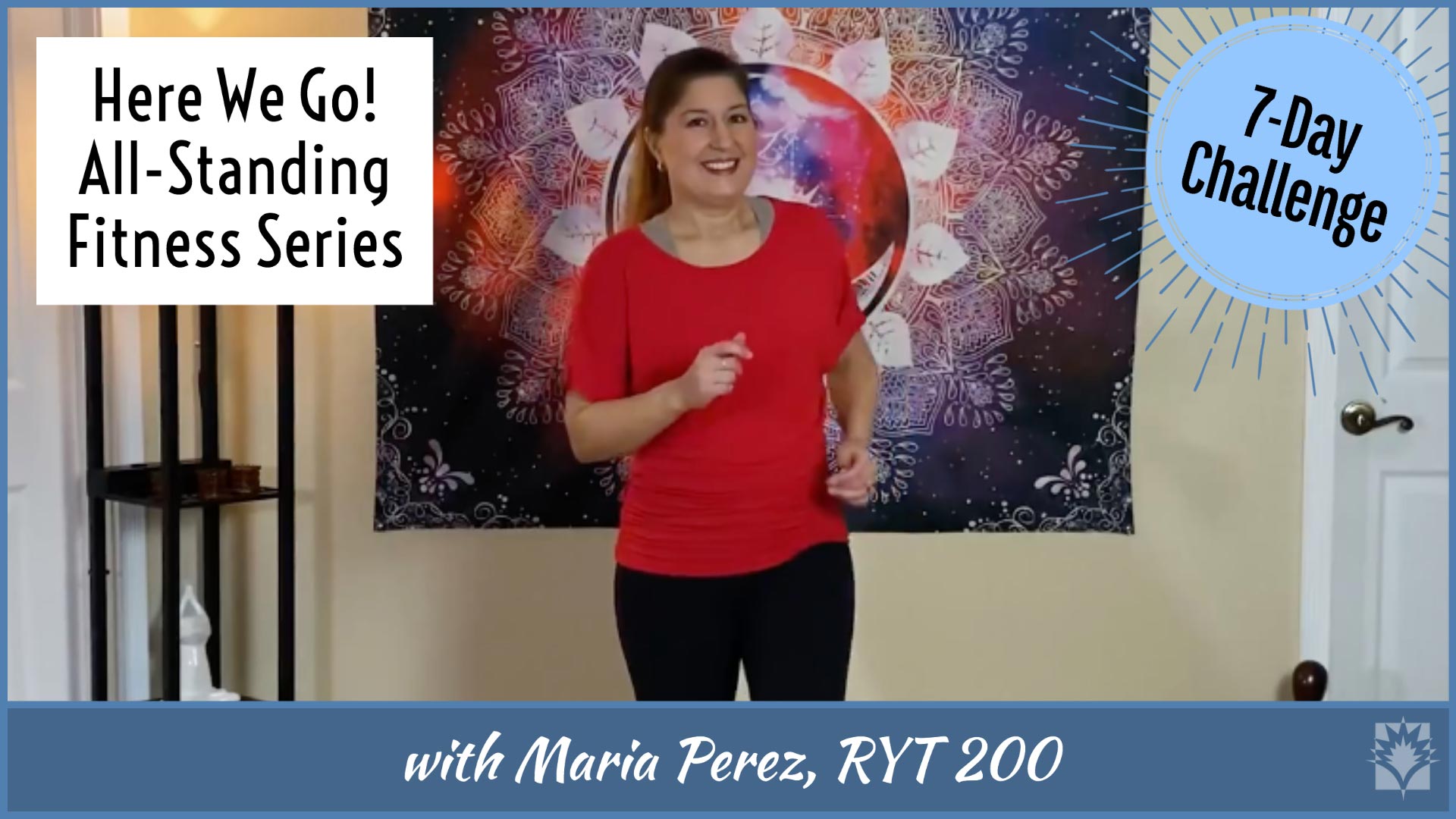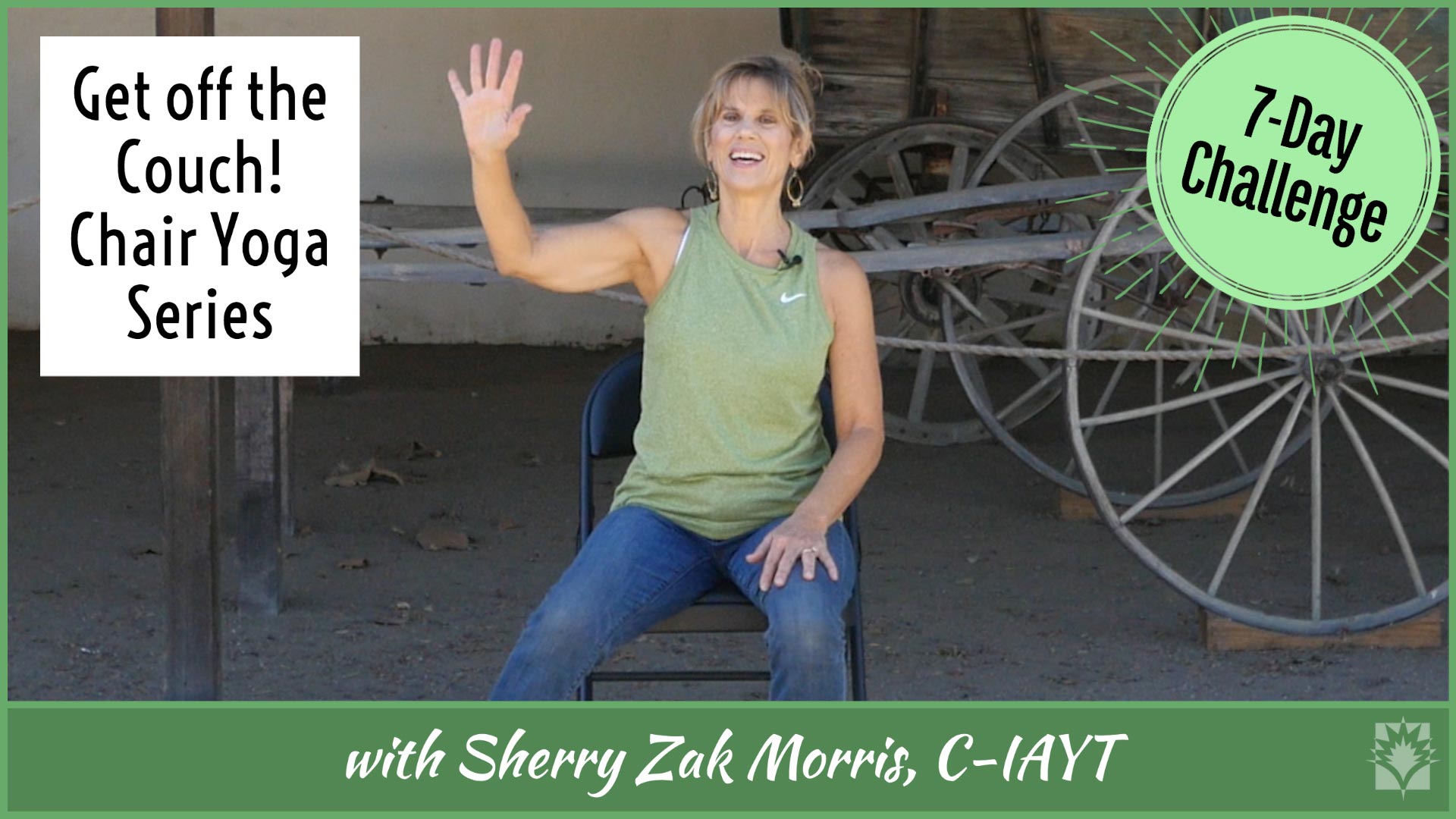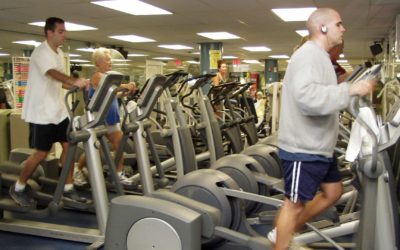
Building Strength gives you more Energy and Endurance
It’s obvious one needs optimal heart health and endurance to become a marathon runner. However, everyday life also requires those physical attributes. For example, climbing steps and walking from our parked car into a store require endurance. Certainly, having a healthy heart will keep us independent and functional in our daily lives.
We have a choice as we age: we can become weak and frail, or we can be strong, sturdy and resilient. The choice is ours to make.
Why is your Heart Health so Important for Aging Well?
When you think of Yoga, you might think of its common benefits like increased flexibility, more range of motion and stronger muscles. However, Yoga’s benefits go beyond what you see in your physical structure. Yoga can actually improve the quality of your cardiovascular function as you age. The main function of the cardiovascular system is to maintain blood flow to all parts of the body. Basically, to allow it to survive. But age creates changes and deterioration in cardiovascular functions, which means you won’t be feeling your best if this system is not healthy.
For those of us who feel tired and lethargic, movement is the antidote! When you power up your body by challenging it to move, bend and twist, you wring out toxins and bring in prana (life force energy). Think of movement as adding fuel to your fuel tank. Keep moving so that you will have more endurance to do the things you need to do and love to do. Envision what you can do with a day full of energy and endurance!
Fun Exercises to Build Strength and Endurance!
Here at YogaVista.TV, we won’t have you doing a series of jumping jacks, burpees or running around in circles. We make it fun with creative ways to get you moving while strengthening your muscles, joints, heart and lungs. Remember that your heart is one of the most important muscles to strengthen. Therefore, along with getting stronger legs to power you up the stairs, your heart can get a great work-out with Yoga too. We are here to guide and assist you with our structured Wellness Practices.

Note: The videos in this collection are included in various YogaVista.TV subscription plans.
Wellness Practices for Heart Health
We have made it easy for you to begin a Yoga program focused on helping you find ways to improve your Endurance. We have created these Wellness Practices for Heart Health that offer targeted videos to educate and empower you to increase cardiovascular function. Incorporating these practices regularly will get you moving with more ease!
Related Video Series
(some videos included in the Wellness Practices above)
Safety Guidelines and Precautions
- Pace yourself and don’t over-do it!
- Work to the point of a very light sweat, then take a break, drink water and rest
- Monitor your oxygen levels with an oximeter to keep it within a healthy range of 95+

Before starting these Wellness Practices:
Ensure you have a release from your healthcare practitioner to do exercise. Also ask your practitioner if you have any movement restrictions resulting from your medical conditions. Above all, be mindful of any movement that creates a sharp, knife-like pain or tingling sensation.
Related Resources & References
National Institute of Health article: “Exploring the therapeutic effects of yoga and its ability to increase quality of life“
“The objective of this study is to assess the findings of selected articles regarding the therapeutic effects of yoga and to provide a comprehensive review of the benefits of regular yoga practice. As participation rates in mind-body fitness programs such as yoga continue to increase, it is important for health care professionals to be informed about the nature of yoga and the evidence of its many therapeutic effects. Thus, this manuscript provides information regarding the therapeutic effects of yoga as it has been studied in various populations concerning a multitude of different ailments and conditions.
Therapeutic yoga is defined as the application of yoga postures and practice to the treatment of health conditions and involves instruction in yogic practices and teachings to prevent reduce or alleviate structural, physiological, emotional and spiritual pain, suffering or limitations. Results from this study show that yogic practices enhance muscular strength and body flexibility, promote and improve respiratory and cardiovascular function, promote recovery from and treatment of addiction, reduce stress, anxiety, depression, and chronic pain, improve sleep patterns, and enhance overall well-being and quality of life.”
Book: “Designed to Move” by Joan Vernikos
“Science has proven that sitting too much is bad for your health, but what can you do about it if you’re stuck at your desk all day? “Designed to Move” gives deskbound professionals a practical, easy-to-follow movement plan to fight the debilitating and life-shortening effects of sitting disease. Dr. Joan Vernikos, former director of NASA’s Life Sciences Division, draws on decades of scientific research on astronauts to show readers how to use gravity-based movement to counteract the effects of prolonged sitting and maintain lifelong good health.
Written for everyone who spends most of their lives sitting in chairs, “Designed to Move” provides readers with a science-backed health program that helps people stay healthy while at work. Expanding upon her groundbreaking previous book, “Sitting Kills, Moving Heals,” Dr. Vernikos shows how developing simple new lifestyle habits at the office can reverse the symptoms of sitting disease and even aging itself, and lead to a life of bountiful health.”
Related Articles
Healthy Physical Exertion – Let’s get “Hot and Bothered”
I understand why some people don’t like to move and exercise. Sometimes, it can get us feeling...
The Connection Between Yoga and Heart Health
In the medical world, the words “evidence-based” are required to make claims about the benefits of...
Burning Calories: Is this the reason to Exercise?
“How many calories will I burn in a Yoga class?” I hear this question often from people looking to...
CREDITS: Author, Sherry Zak Morris, Certified Yoga Therapist
Editor, Maria Perez, Certified Yoga & Group Fitness Instructor





